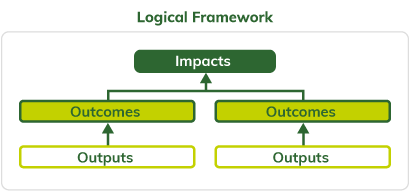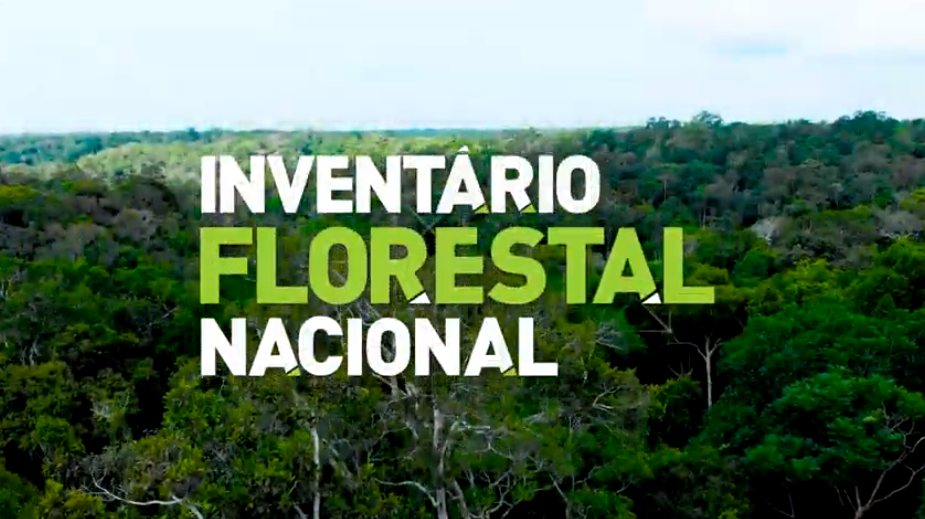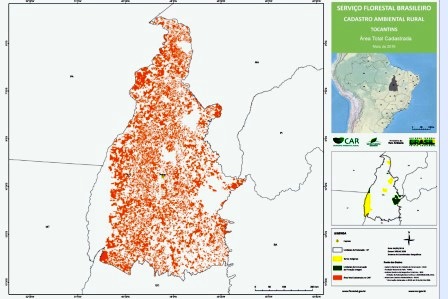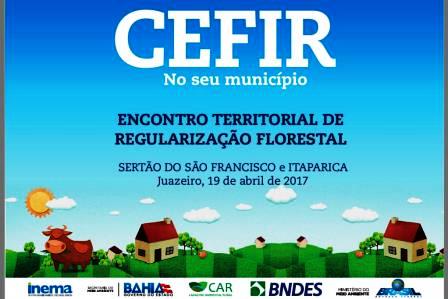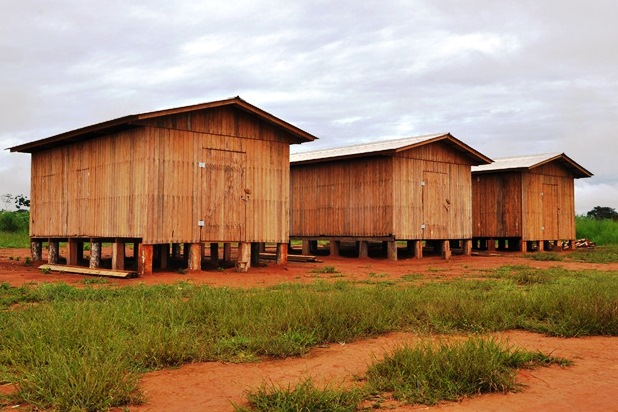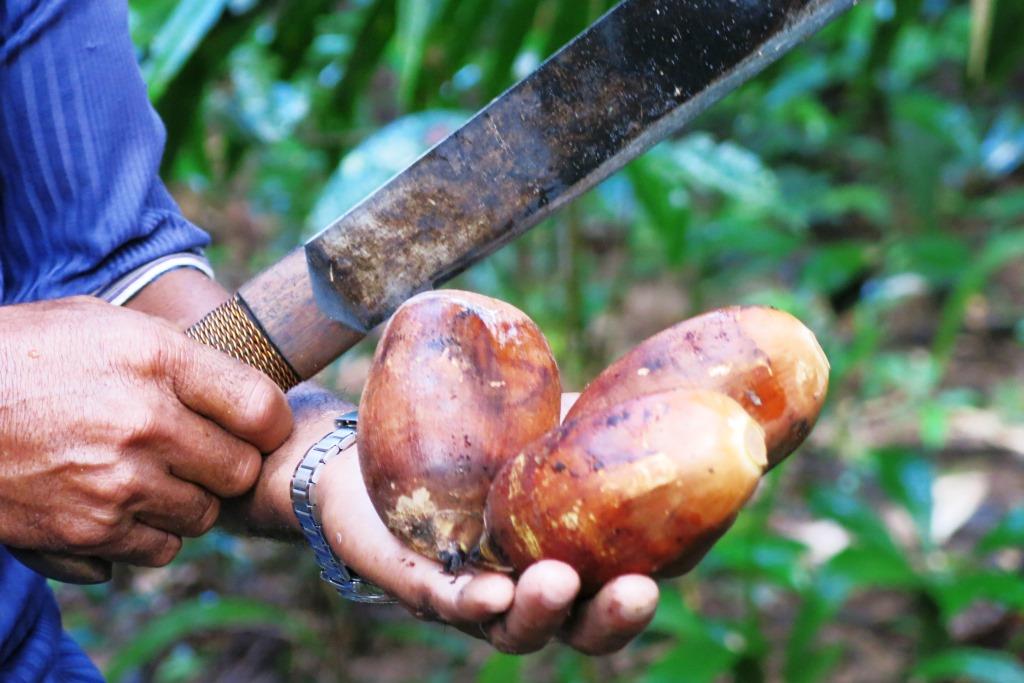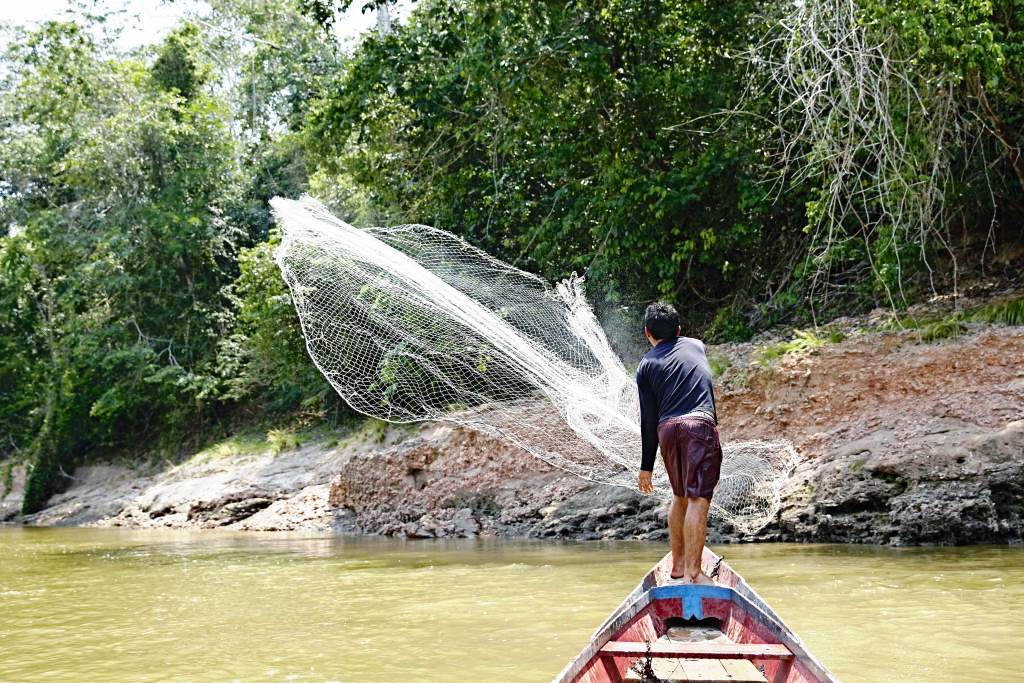CONTEXTUALIZATION
A national forest inventory covers the entire country and is carried out periodically through sampling techniques, fostering on-going monitoring of forest resources. It also fosters improved management of these resources and collection of more information to help define forest policy as well as plans for use and conservation.
The only edition of the forest inventory at a nation-wide level in Brazil dates back to the 1980s and was aimed at producing information on timber stocks in natural and planted forests, that is, it was mainly aimed at timber production.
Some regional inventories were also carried out to meet specific demands for information and help colonization or planning programs. Nevertheless, no nation-wide system was prepared since 1983.
THE PROJECT
Besides aiming to measure timber stocks, carrying out the National Forest Inventory (IFN) seeks to know what the stocks of biomass and carbon are, biodiversity, the forest’s vitality and health, in addition to the standard of living of the populations that live in the forest or near them.
The variables that are collected in this in this edition of the NFI are: biophysical, to verify the Forest dynamics; socio-environmental, to check the importance of forests to the population that live there, in surrounding areas, or the relevance of exploring resources; and administrative, which will be used to monitor field work.
In addition to the biophysical data, collecting socio-environmental variables is aimed at: accompanying the use and the perception of people over time in relation to forest resources; improving and strengthening the circumstances for sustainable use of forests; assessing the effectiveness of implementing the public policies in this sector; helping formulate and adjust norms and regulations for exploring and conserving forest resources; identifying research demands, new uses of products and services and strategies to add value to the sustainable use of forests.
This project aims to implement the NFI in the entire Amazon Biome, therefore, covering an area of 419,694,300 hectares, which represents more than 40% of the national territory.
INTERVENTION LOGIC
This project falls under the “Sustainable Production” (1), "Monitoring and Control" (2), "Land-use Planning" (3) and "Science, Innovation and Economic Instruments" components of the logical framework of the Amazon Fund.
Click on the following image to view its objectives tree, that is, how the project's outputs and linked to the expected outcomes and impact.
